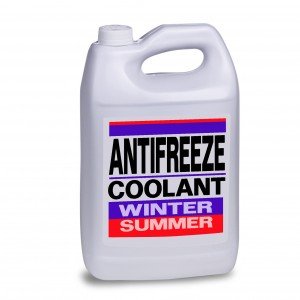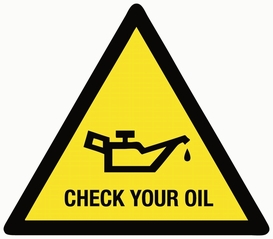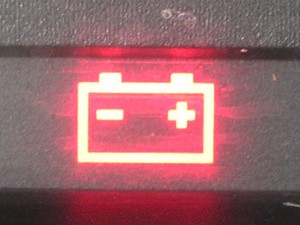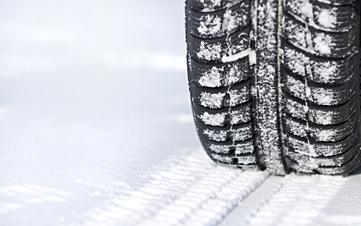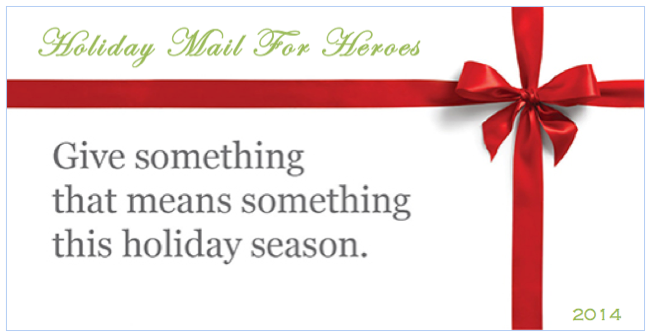
Program Overview
With many service members and veterans separated from their families this holiday season due to deployments and hospital stays, the American Red Cross Holiday Mail for Heroes (HMFH) program empowers people to “Give Something That Means Something” by sending a card of thanks and support to the members of the Armed Forces, veterans and their families.
Beginning in 2014, the program will take on a different look, as Red Cross chapters across the continental U.S. and Red Cross offices on military installations overseas will take complete control of the program. There will no longer be a national Holiday Mail for Heroes P.O. Box to which cards are sent.
Moving forward, local Red Cross offices will collect, sort, and distributing the holiday cards using an events-based approach in their local communities. Local Red Cross offices will:
- Hold events to sign or make holiday cards
- Schedule card-sorting times.
- Coordinate card delivery to the military, vets and families in their communities.
These changes will allow local Red Cross offices to better concentrate on reaching out to the members of the military, veterans and families in their community—neighbors helping neighbors.
Questions & Answers
What is the Holiday Mail for Heroes Program?
The Red Cross Holiday Mail for Heroes program enables Americans to “Give Something That Means Something” this holiday season. We are inviting the public to send cards of thanks, encouragement and holiday cheer to members of our U.S. Armed Forces, veterans and military families, many of whom will be far away from home this holiday season.
What is the address of the P.O. Box for the program?
There is no longer a national P.O. Box for the program. Instead, Holiday Mail for Heroes is being conducted at the Red Cross office in your local community. Check with your local Red Cross for times and locations of events and for opportunities to get involved.
Why is the Red Cross changing the format of the program?
We have made this change for several reasons including:
- A reduction in U.S. military forces overseas, particularly in the Middle East and across Europe.
- Increased costs of conducting the program.
I contacted my local Red Cross office and they are not participating in the program this year. Where do I send my cards?
There are two options for sharing your holiday cards:
- Ask your local Red Cross office for military and veterans organizations in your community where you can send your cards directly.
- Check the participating chapters tab for updated information regarding the closest Red Cross chapter in your area participating in Holiday Mail for Heroes.
I don’t know anyone in the military; how do I participate?
You don’t need to know anyone in the military. Red Cross workers will distribute cards to members of the military and veterans around the world. Contact your local Red Cross for times and locations of card-signing and card-making events.
Cards are not addressed to anyone specific, so who gets these cards?
Participating Red Cross chapters will determine how to best distribute cards to service members, veterans and family members in their local communities, across the nation and around the world. Cards may be delivered individually, included in care packages or displayed at common venues in military installations and hospitals.
Can I drop cards off at my local Red Cross office?
Yes.
Will my card be distributed to our troops stationed overseas?
Cards are distributed to hundreds of locations domestically and around the world, including military installations, military and VA medical facilities and veterans organizations. Please understand that it is difficult to determine which cards will be sent overseas and which will be sent domestically.
What is the goal for the 2014 Holiday Mail for Heroes Program?
The goal is to share season’s greeting and holiday cheer to the members of our Armed Forces. We do not have a goal for a total number of cards.
Are there other restrictions and guidelines for cards?
In order to make cards as meaningful as possible to a wide audience, we recommend that the public use generic titles such as “Dear Service Member, Veteran, or Military Family Member” when writing the cards. Cards should not contain glitter because some cards may end up at the bedside of a wounded service member and the glitter could aggravate existing health issues.
Can I include calling cards, money or other items in the cards?
We ask that people not enclose any items with the holiday cards. Any items enclosed with the holiday cards will be removed, including photos and other gifts. If you wish to provide financial support for Red Cross services to the military, please donate online.
How can people get involved in the Holiday Mail program beyond mailing a card?
- Word of Mouth: Check with your local Red Cross office for up-to-date information about the program.
- Social Media: Connect with fellow card senders through social media channels and help us get the word out through Facebook and Twitter. Be sure to use the hashtag #holidaymail.
- Help Sort and Deliver Cards: If you are interested in helping sort and deliver cards, please contact a participating chapter in your area to see how you can help.
How can people support other Red Cross programs that help members of the military and their families?
Supporting Red Cross Service to the Armed Forces work is simple and we encourage you to make a financial donation by donating online or calling 1-800-RED CROSS.
**Contact your local Red Cross chapter directly to find out if they are participating**
